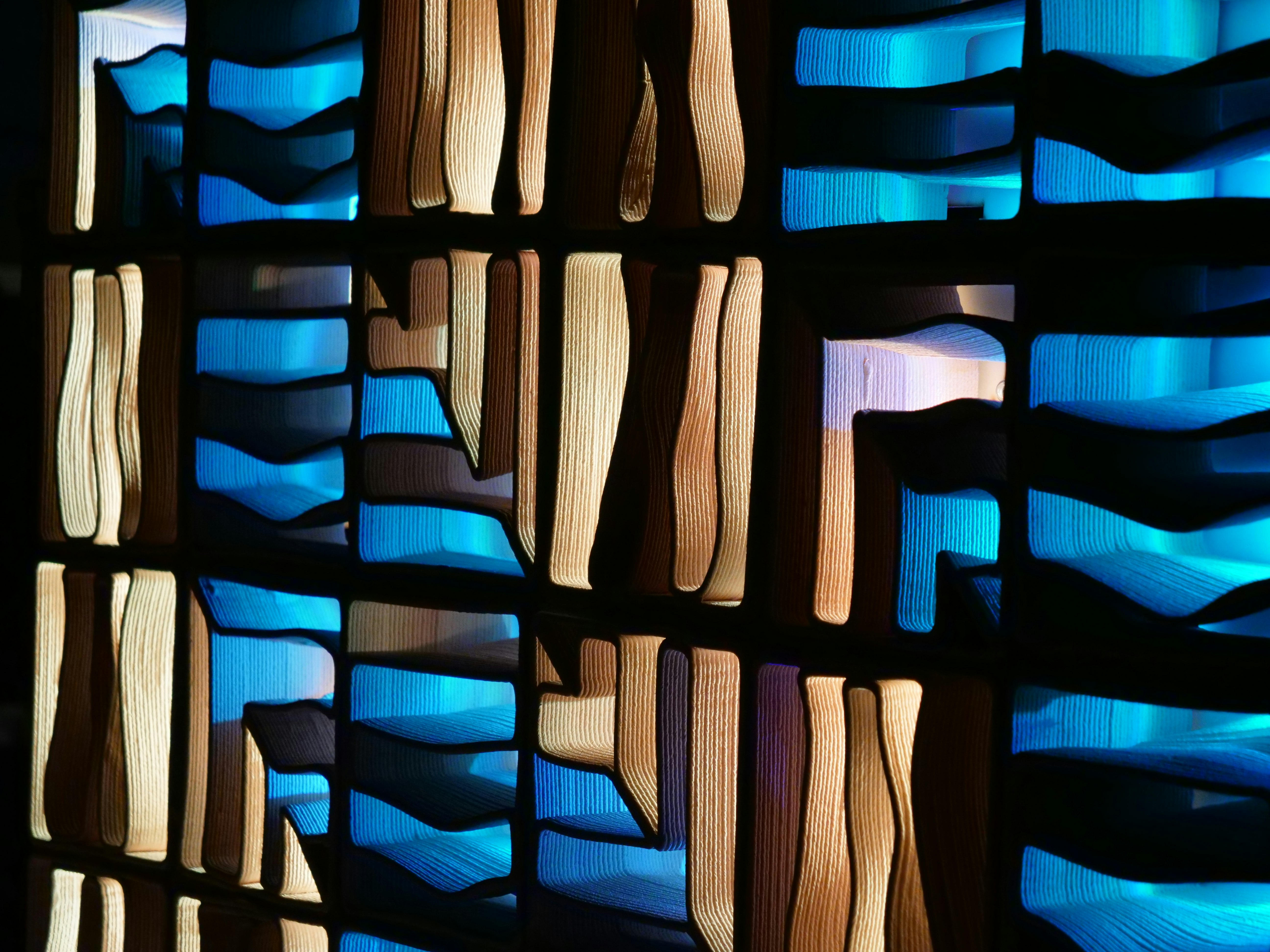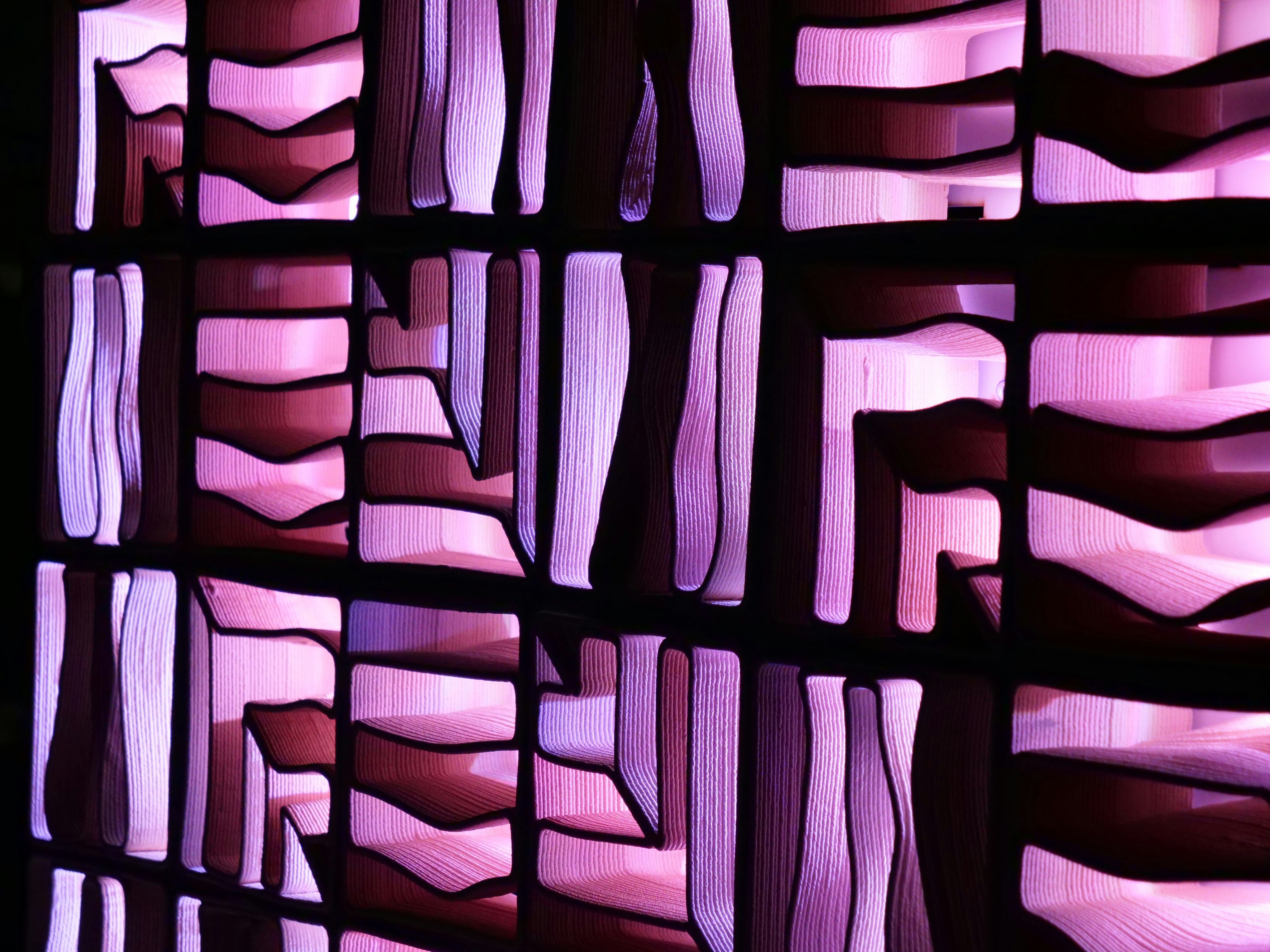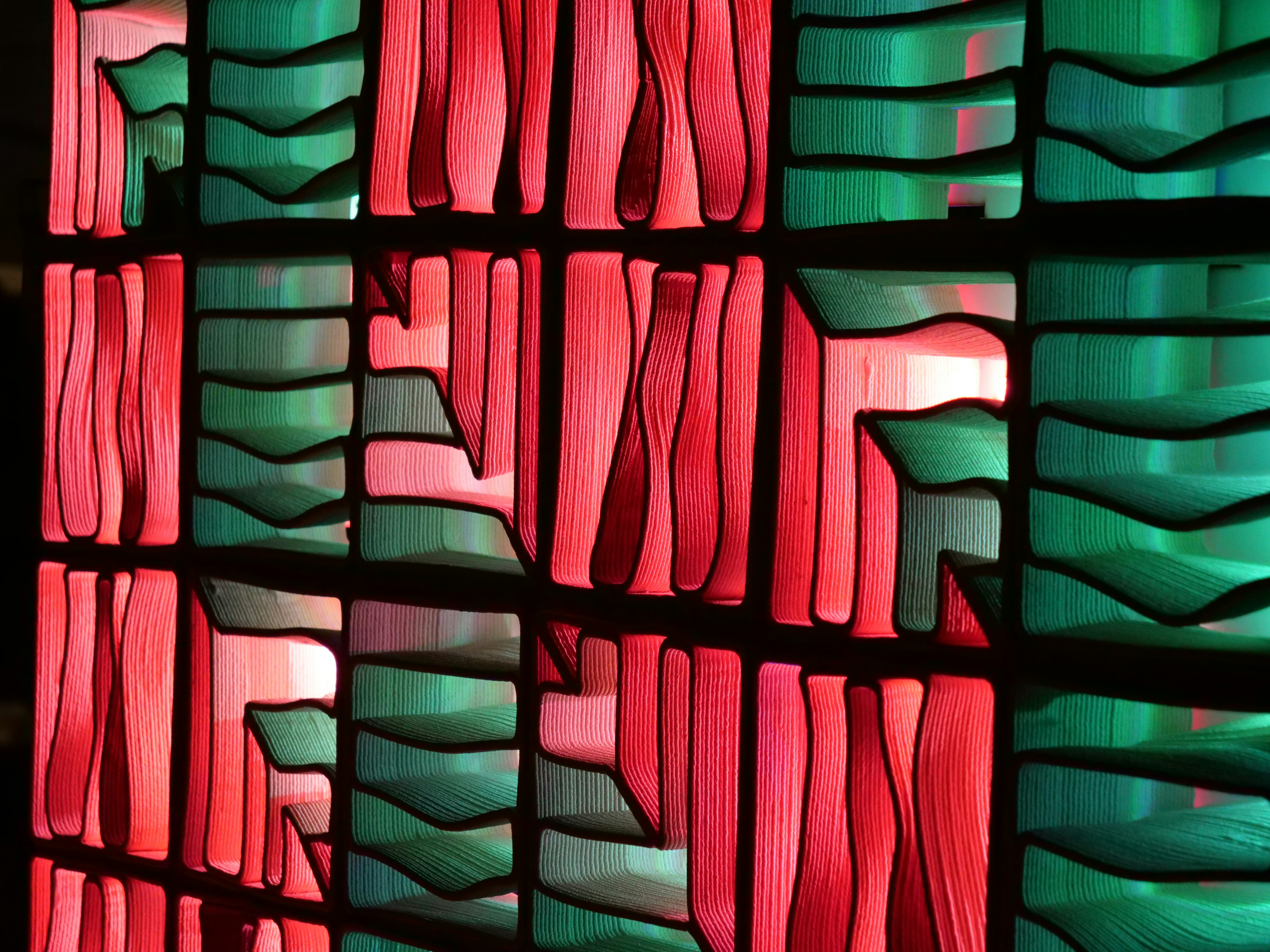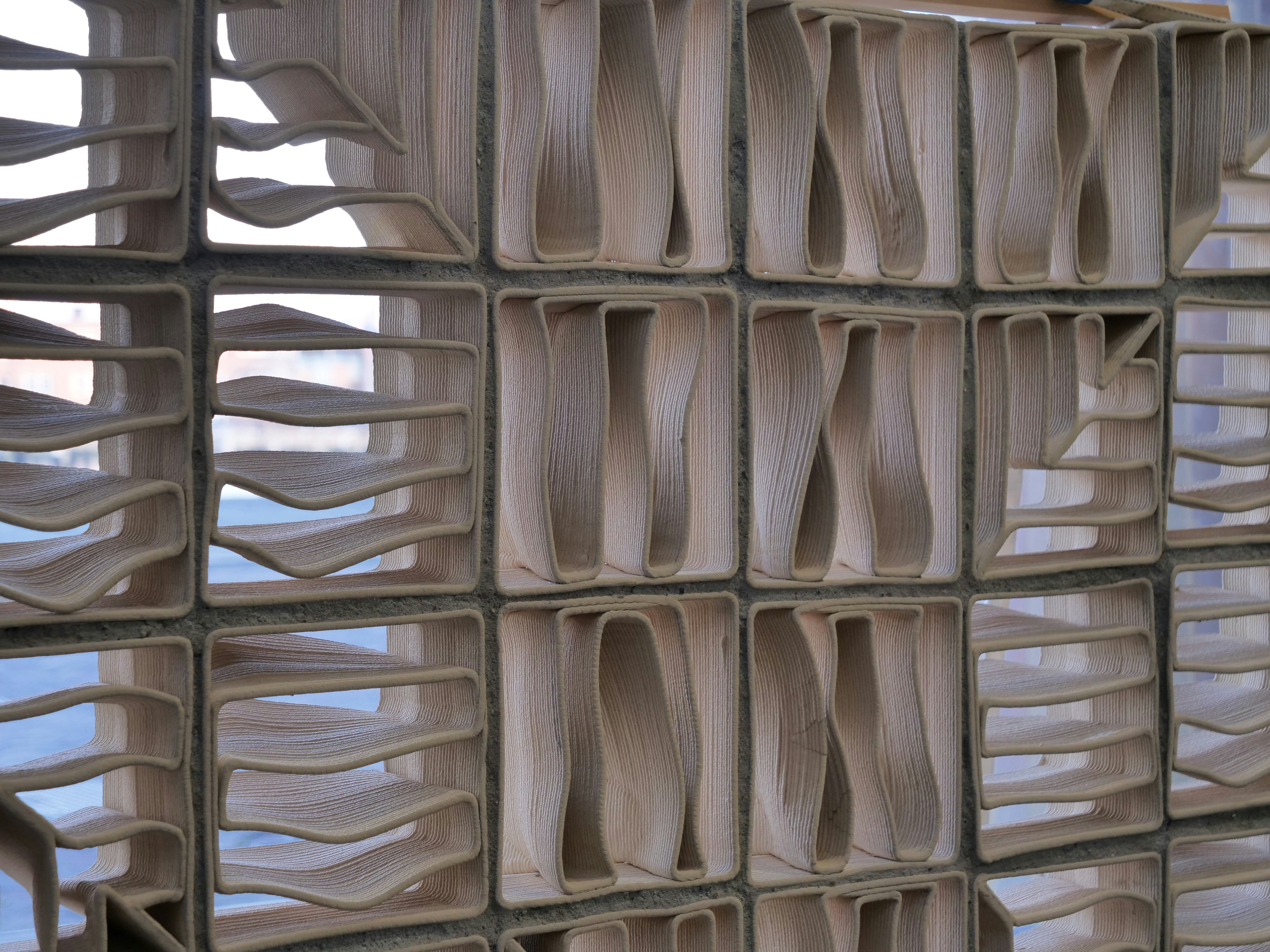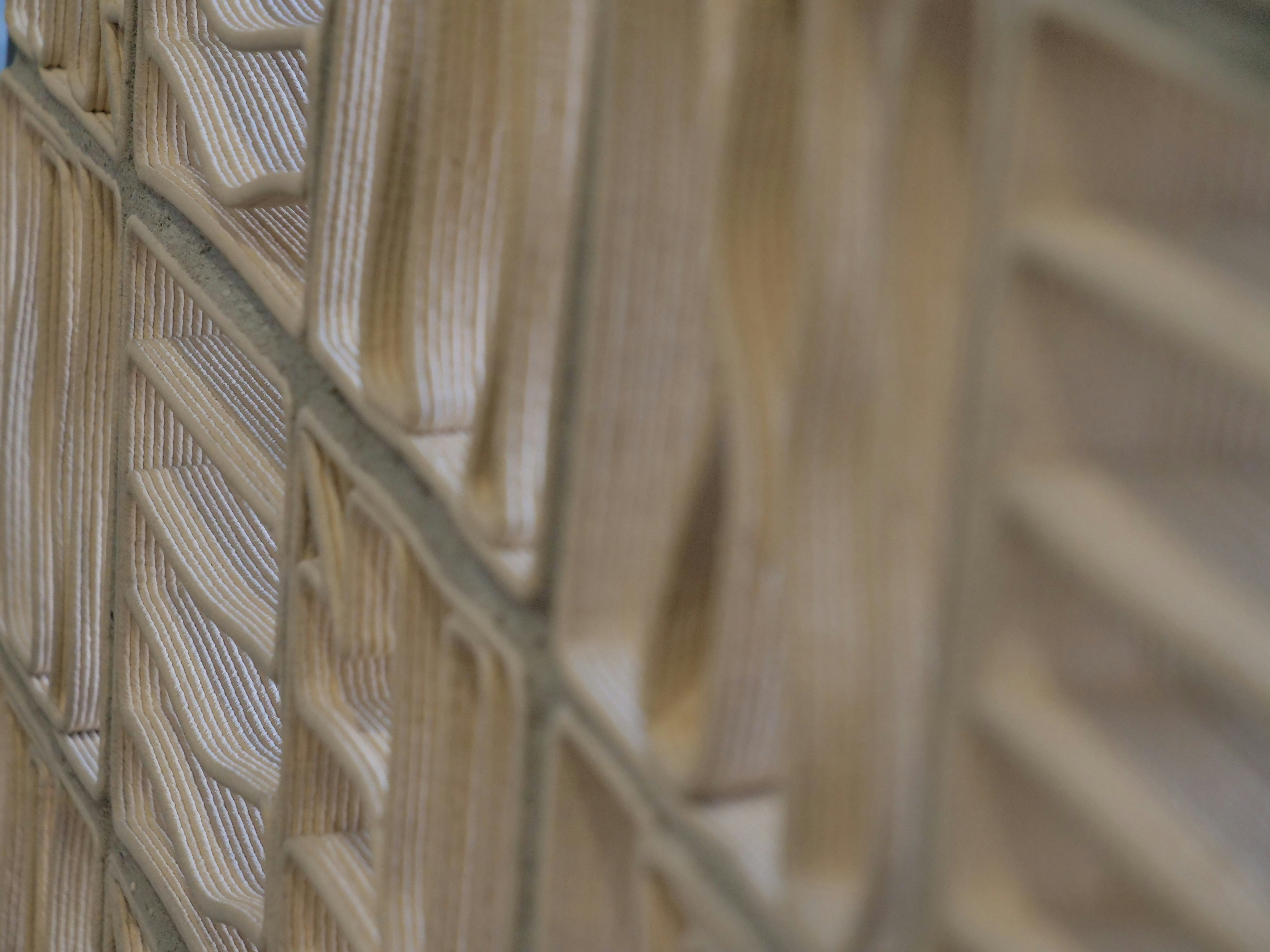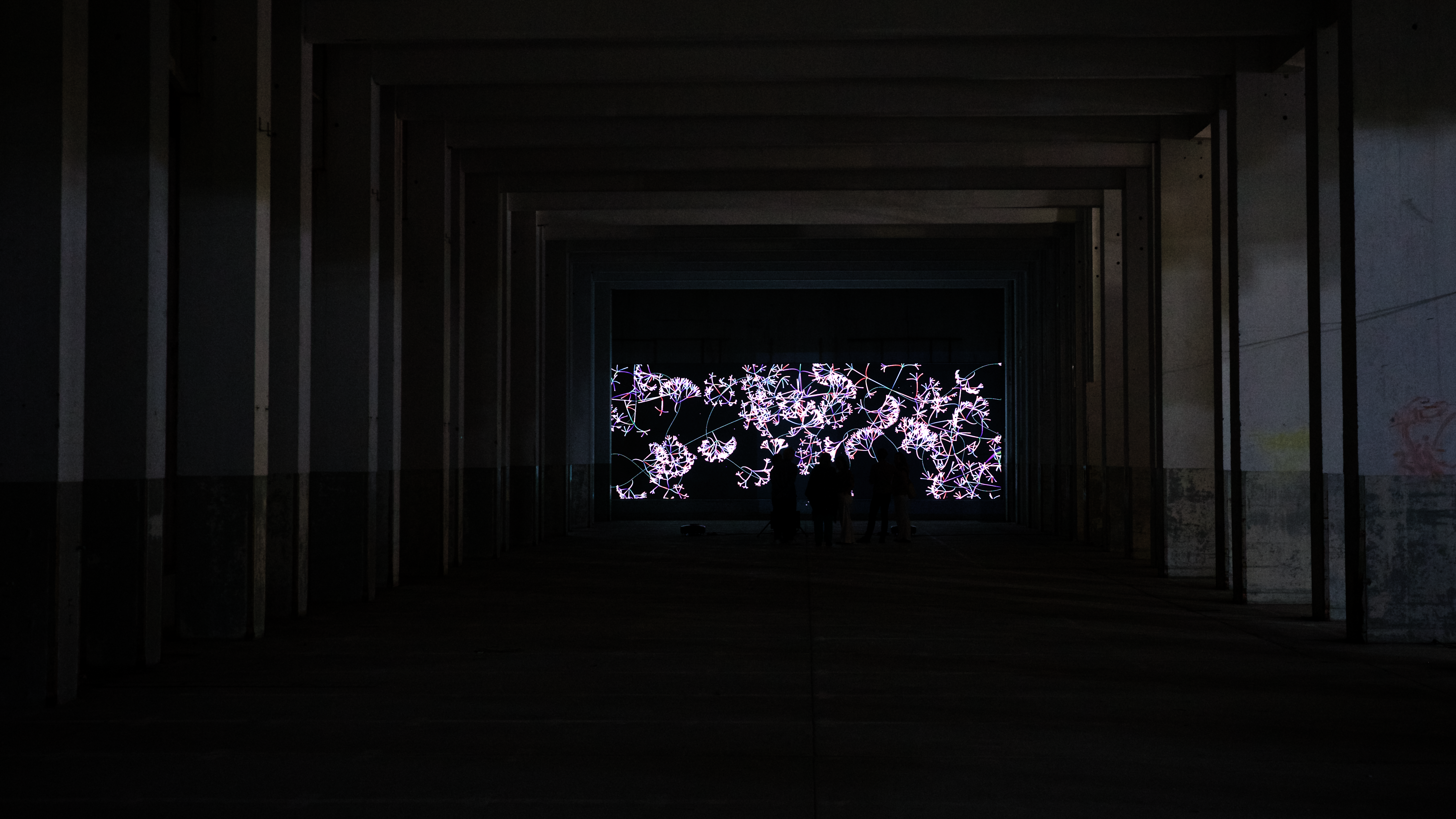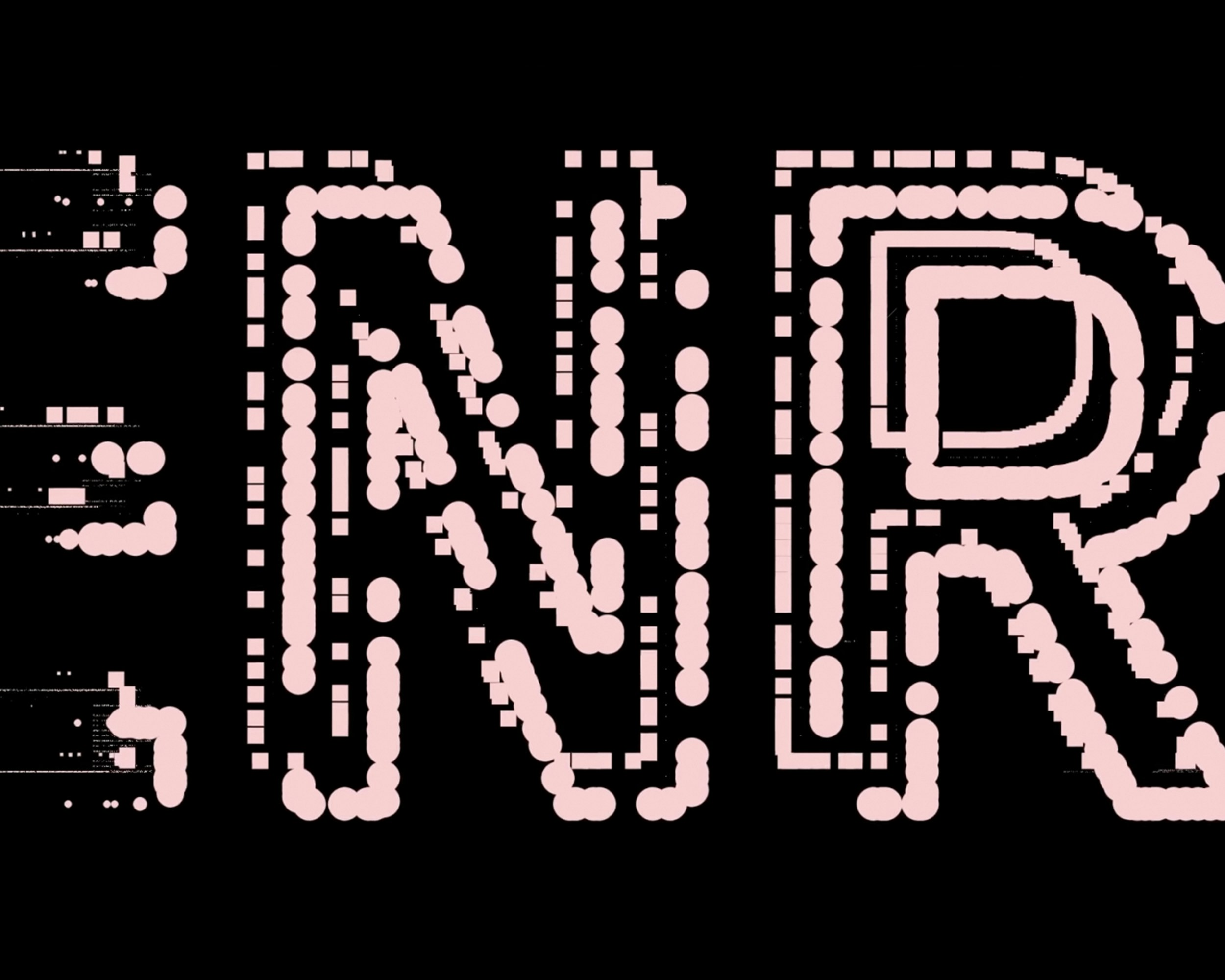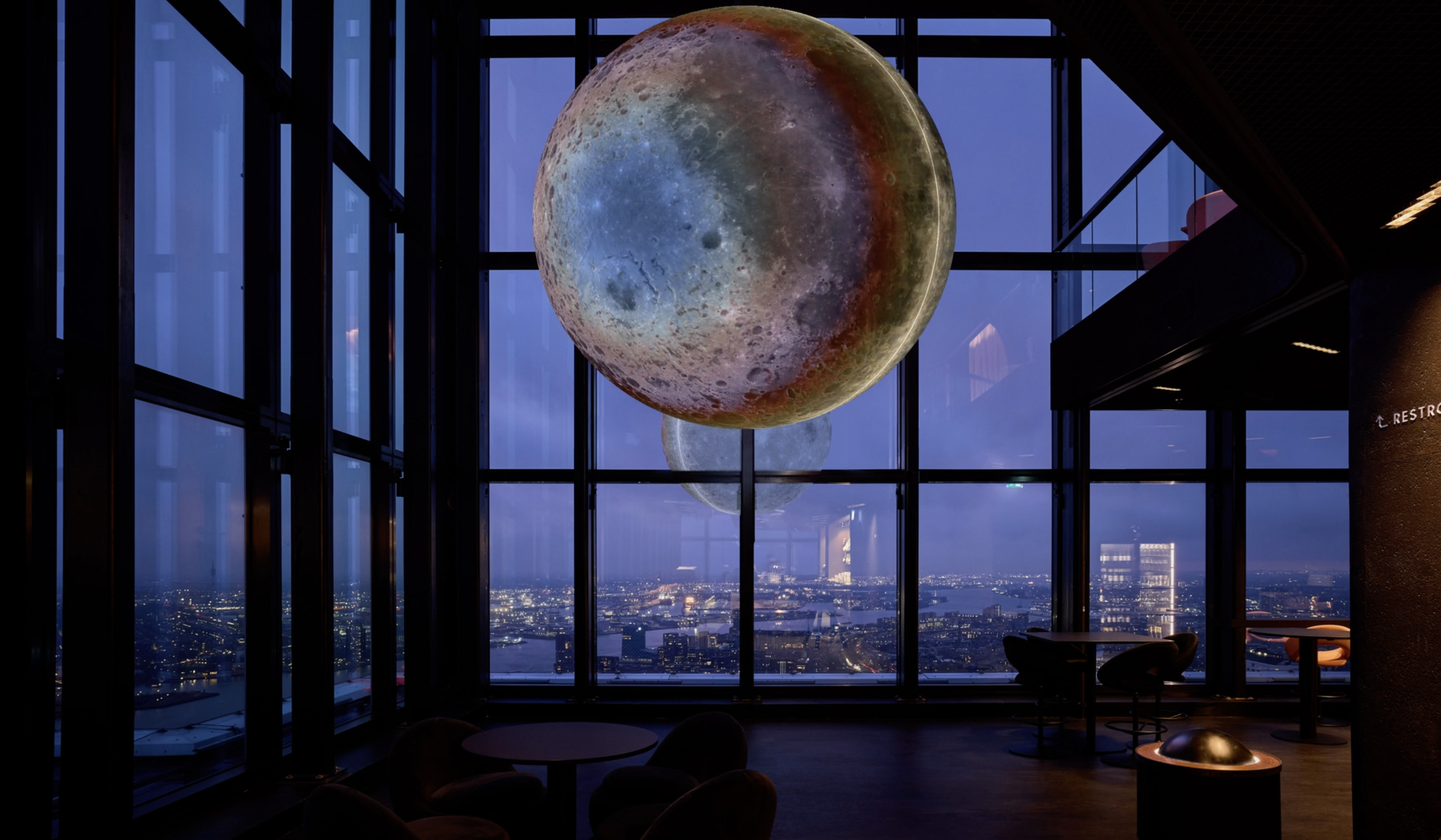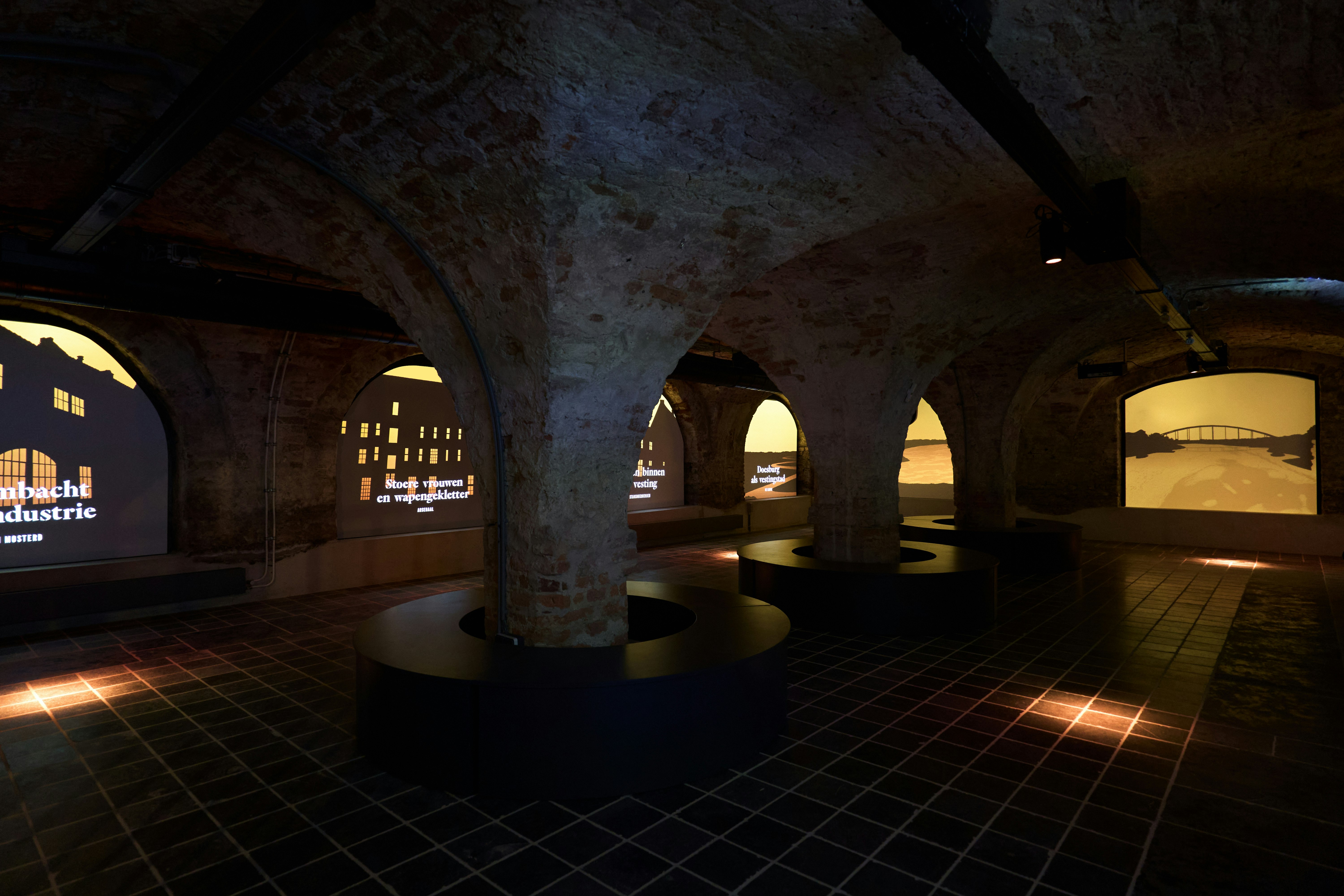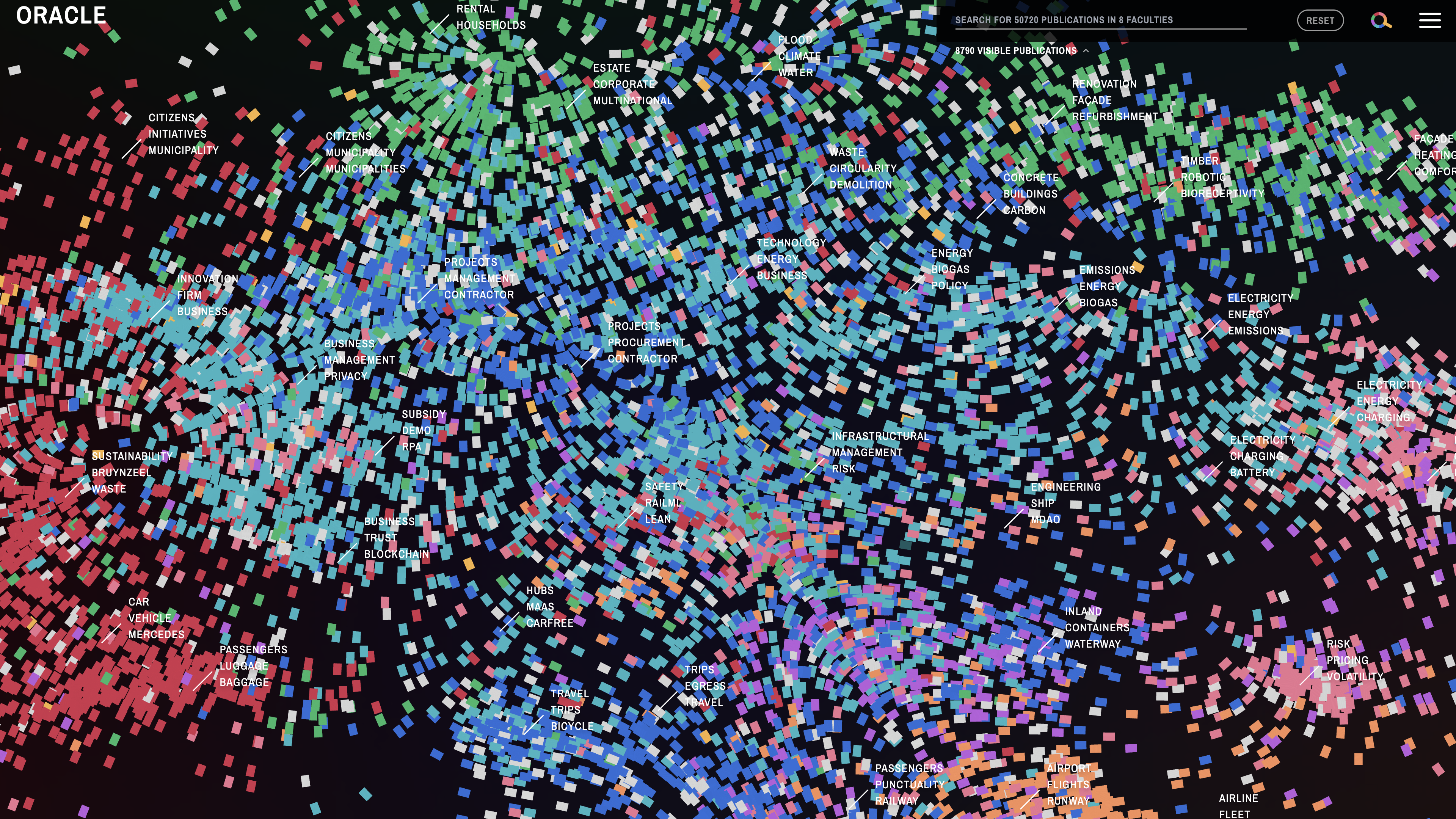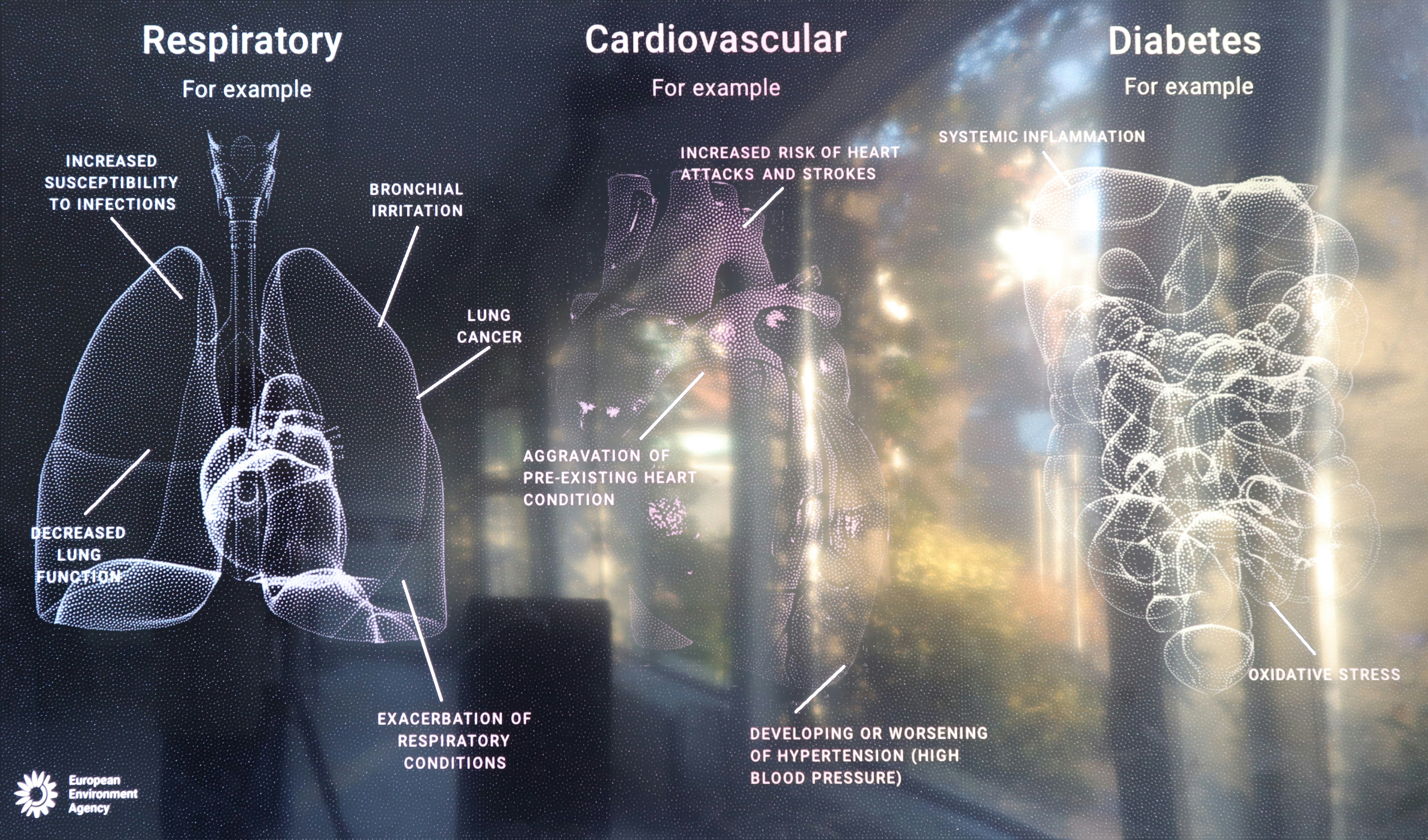In recent decades, only a few projects have been realized that attempt to combine the permanent architectural and architectural function of a facade (exterior) or wall (interior) with the dynamic, communicative power of media facades. These custom projects require a lot of coordination between different disciplines: interactive media, architecture, electronics, software and maintenance. These types of solutions are used relatively little because they lead to greater risks and high design and realization costs. In addition, the programming of these walls is not a core task of a property manager, which means that many projects only show the same content, show wear and tear or are even turned off over time.
Media facades are often associated with giant LED screens and animated, illuminated advertisements in tourist attractions such as Times Square in New York, The Strip in Las Vegas or Asian metropolises like Shanghai and Hong Kong. The facade itself is hidden behind a huge advertising medium for sending messages, with the electronic hardware suspended from an existing facade and essentially ignored.
RoBoGo is a joint R&D project by RNDR with architecture studio RAP, that focuses on high-quality integration of media in buildings, as part of an integrated design, planning, implementation and maintenance process, through modular media wall elements that offer new possibilities for visionary design while at the same time have an aesthetic quality. MMF combines the architectural function of a facade or wall with the dynamic, communicative power of media facades.
We achieve this by offering high-quality integration of media in buildings, as part of an integrated design, planning, implementation and maintenance process, while always keeping the aesthetic quality in mind.
The choice for a process means that continuous development can take place, in contrast to a product that is already finished because every situation and context is different and there is no single solution.
Our design and integration process can be tailored to many needs through mass-customization, that focuses on flexibility and personalization of tailor-made products, combined with relative low costs per unit. In our software you can create any pattern you want and it gets automattically converted to the RoBoGo blocks, as easy as making a drawing.
The possibilities of digital design techniques and computer-controlled production methods are increasingly embraced in the creative sector and in architecture. The possibilities to realize expressive, non-standard façades with this are fully expressed in distinct façades, but have not yet expanded into the domain of the media façade. In the Netherlands, media facades and walls are mainly found in interior applications, because the historic inner cities in particular do not lend themselves to the often bombastic application of LED screens and light. Our ambition is precisely to provide (industrial) designers with the tools to make products that can be applied within these architectural historical areas. In an international context, the rapidly growing metropolitan areas are particularly interesting where the media facade is used to distinguish the building. Lighting design is an integral part of the design of large (public) buildings, where dynamic or interactive lighting is used, to distinguish the building from its surroundings.
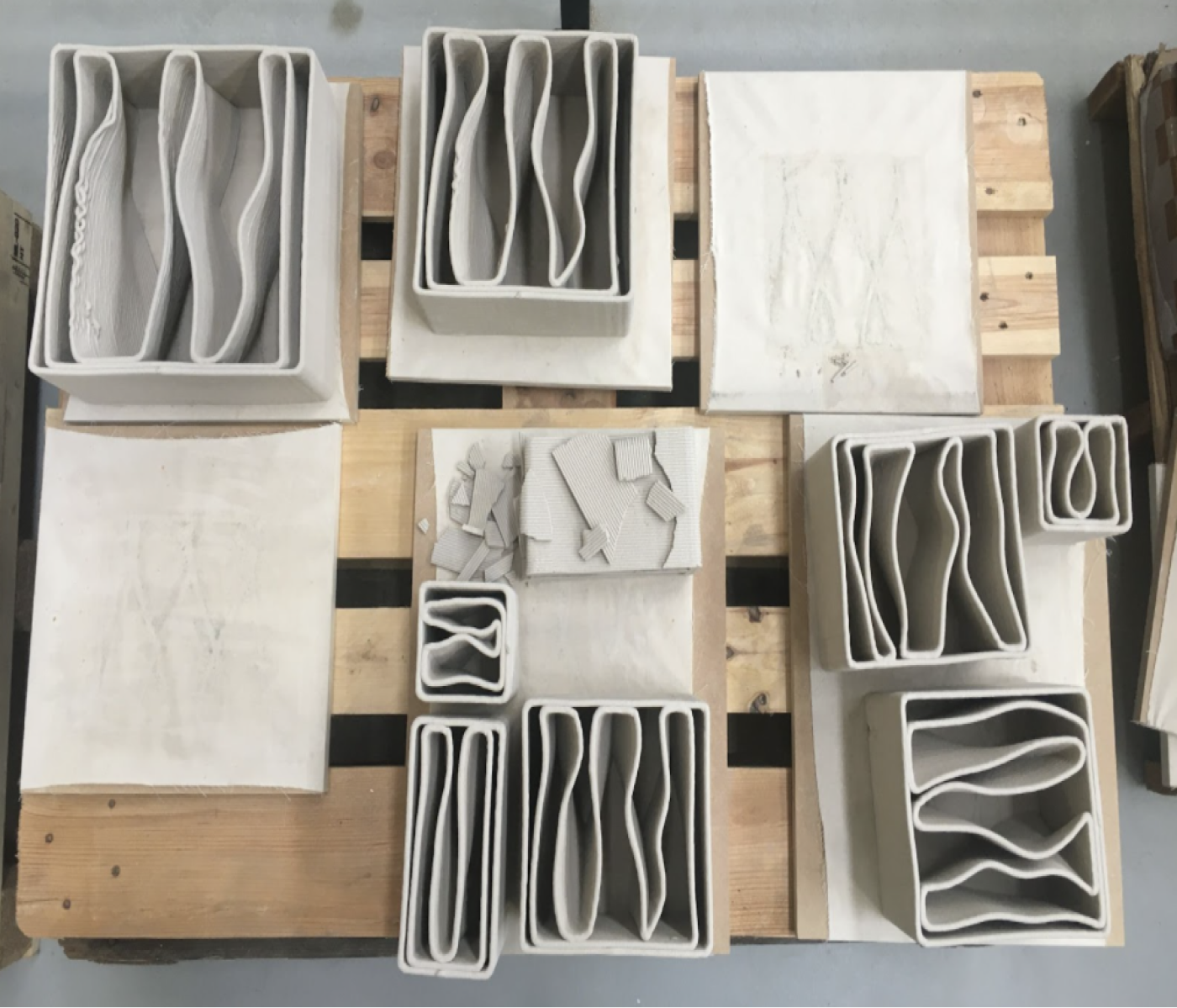
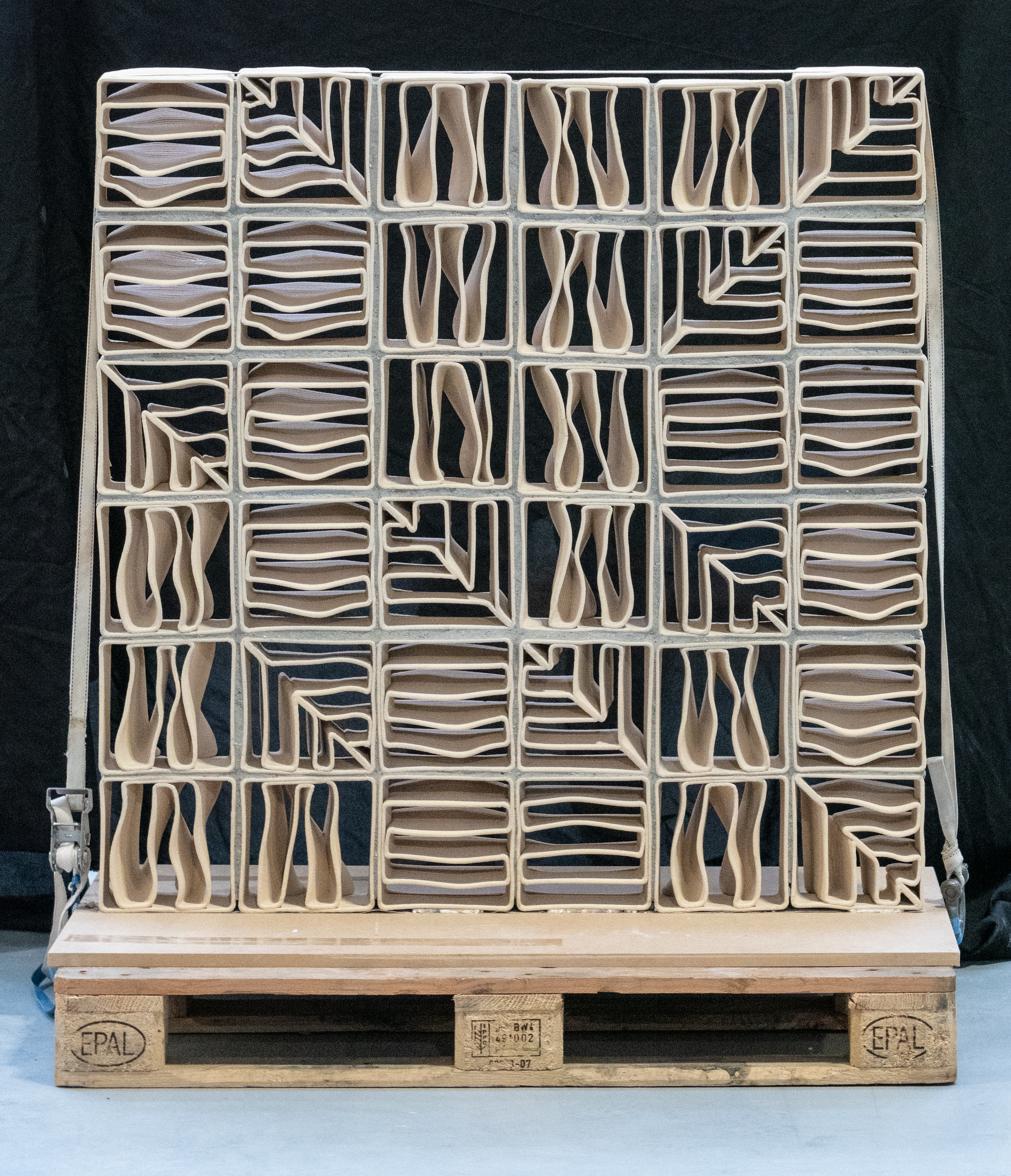
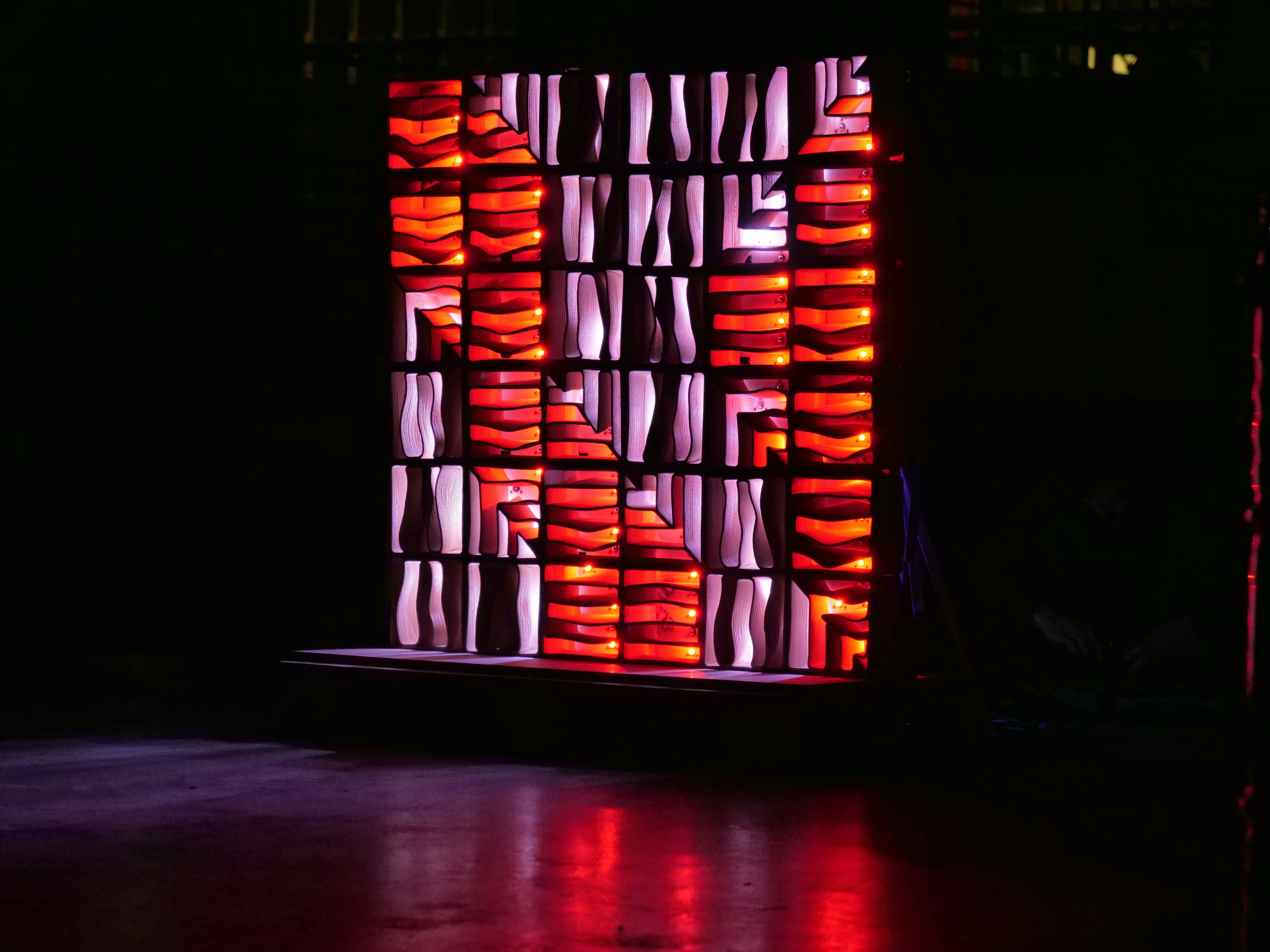
Via the RoBoGo Media Control Center app you have full control over the media content of your facade. Change, create and control themes from anywhere in the world, in an instance, 24/7.
Studio
RNDR is a design studio for interactive media that develops ‘tools’ that are only finished by how they are used.
To achieve this, we develop processes, create structures, design visualisations, code programs, and create interactions. The end result can manifest itself across different media, ranging from interactive installations, data visualisations, generative identities, prints and everything in between – often real-time. We are triggered by how information and technology transforms networks, cultures, societies, relationships, behaviours, and interactions between people. Our work explores and engages with hybrid space as it embraces both digital and physical realms.
RNDR was founded in 2017 in The Hague, (NL). Its main members have years of experience as partners, computer scientists, designers, art directors and developers at LUST and LUSTlab.
One of our core projects, and basis for most of our projects, is OPENRNDR, an open source framework for creative coding –written in Kotlin for the JVM– with over 13 years of development. OPENRNDR simplifies writing real-time audio-visual interactive software. OPENRNDR is fundamental for the capacity of RNDR as a studio, as it allows us to realize complex interactive works. OPENRNDR was awarded the Dutch Design Award 2019.
Fields of work
Interactive design (ui/ux), data visualisation, information systems, software tools, interactive installations, media architecture, immersive experiences, interface design, visual identities, generative video, creative coding, exhibition design, graphic design systems, hybrid spaces and platforms, machine learning and artificial intelligence (ai), code and design workshops.
We have worked for or collaborated with
Philips, Audi, Massive Attack, Foto Museum, Autostadt, Stedelijk Museum Amsterdam, DropCity, Google, MoMA New York, IABR, VNG, DoepelStrijkers Architects, Kaan Architects, Buchmesse Frankfurt, European Environment Agency, PARC, Government Summit Dubai, RAP, Technical University Twente, Royal Holloway University, Paradox, Space10, Cooper Hewitt, Hammer Museum, Jacquemus, Holland Festival, RAUM, Civic Architects, The Municipality of The Hague, Vlisco, Police Emergency Center, KPN, Tod’s, Zegna, LI-MA, WTTC, Institute for Future Cities, Makropol, IDFA, UCLA, Artez Arnhem, Ministry of Internal Affairs, Digital Society School, Andrea Caputo Architects, Doesburg vertelt, VNG, Wellcome Trust, Ministry of Economic Affairs, NOI Tech Park, CELEST, Electric Castle, and many more.
Contact
RNDR
Paviljoensgracht 20
2512 BP, The Hague
+31 (0)70.3635776
INTERNSHIPS
Currently, we don’t have any open internship positions or job openings. We appreciate your interest, and we encourage you to check back with us in the future.
OPENRNDR
Open source framework for creative coding that simplifies writing real-time interactive software
